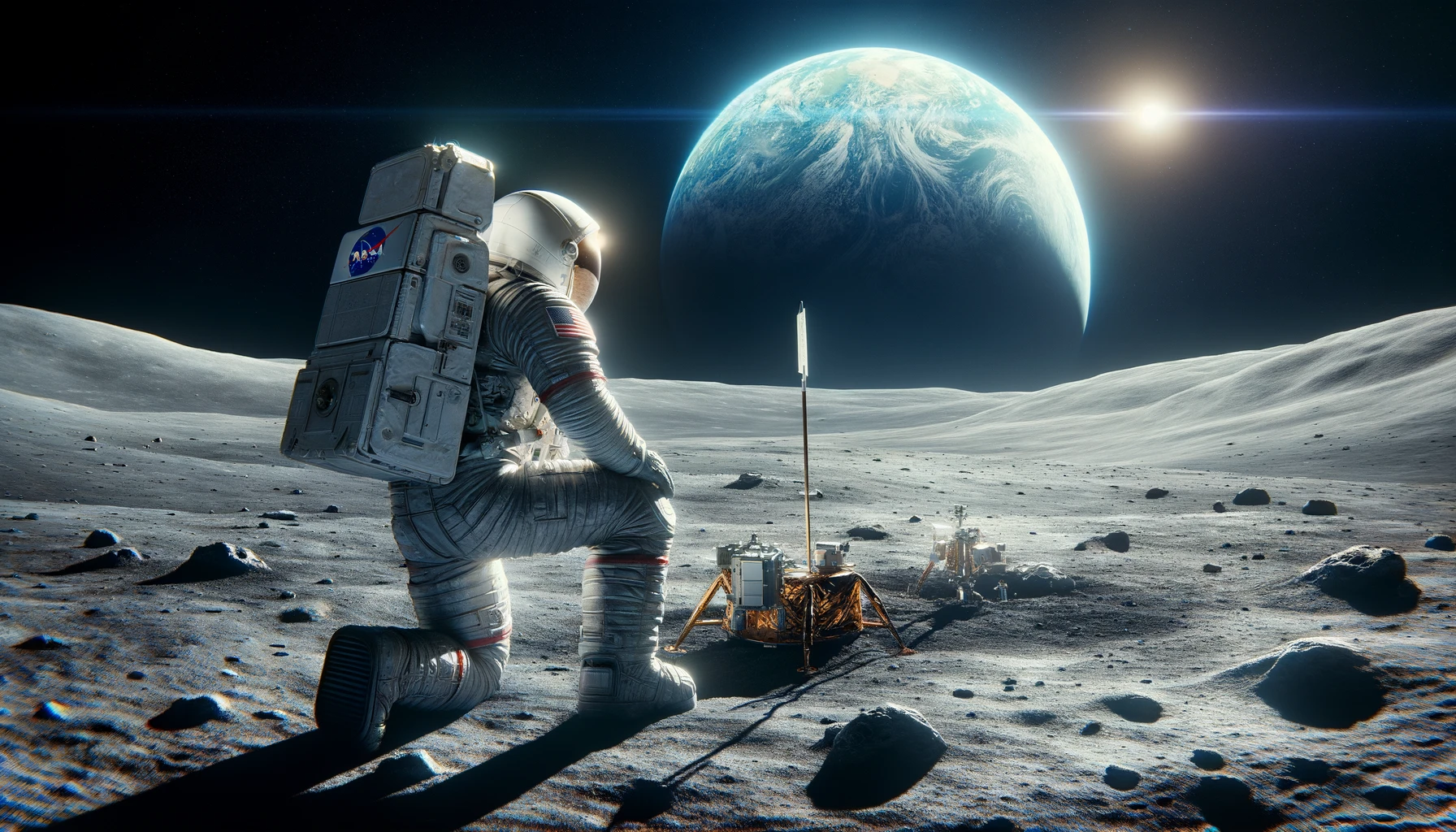In a significant step for lunar exploration, a SpaceX Falcon 9 rocket propelled Intuitive Machines’ Nova-C lander into space, initiating a scientific journey towards the Moon. The mission hosts a collection of NASA instruments and technology demonstrations, aiming to furnish insights into the lunar environment and propel technological advancements for future Artemis missions.
Successful Launch and Deployment
The mission commenced from NASA’s Kennedy Space Center in Florida. Soon after the liftoff, Nova-C successfully disengaged from the rocket’s second stage, establishing communication with its Houston-based operations center. The spacecraft remains stable, absorbing solar energy for its mission ahead.
Science and Technology En Route to the Lunar Surface
As part of NASA’s CLPS initiative, which bolsters commercial partnerships and the Artemis program, the payloads will contribute to the understanding of lunar surface interactions and navigation technologies. It will also enhance communication and navigation capabilities essential for future autonomous explorations.
NASA Administrator Bill Nelson highlighted the significance of the instruments aboard the lander, emphasizing their role in advancing science and technology through commercial space initiatives. The mission is expected to provide valuable data that will inform future human exploration on the Moon.
During its lunar journey, the spacecraft will engage in various experiments, including fuel measurement, precision landing, and studying interactions between engine plumes and the lunar surface. The Nova-C lander will also deliver equipment designed to conduct radio astronomy research and improve navigation on the Moon’s surface.
The payloads feature innovative technologies such as a Laser Retroreflector Array for precise measurements and a Navigation Doppler Lidar for accurate descent tracking. Additional experiments will examine the radio-wave environment on the Moon and the effects of lunar surface changes due to spacecraft landings.
The mission’s landing is anticipated in the South Pole region of the Moon, where the Nova-C-class lander will collect scientific data for an estimated week. The outcomes will be crucial for the forthcoming Artemis expeditions involving the first woman and the first person of color to set foot on the lunar surface.










